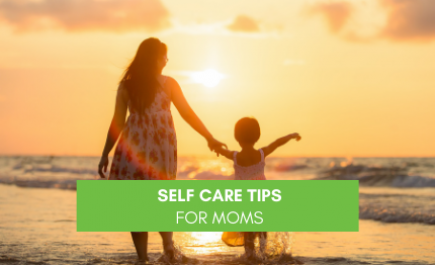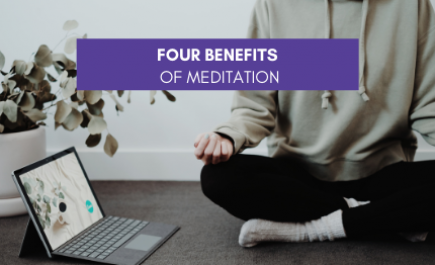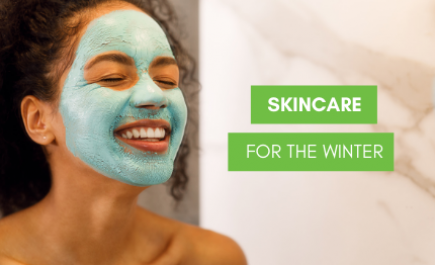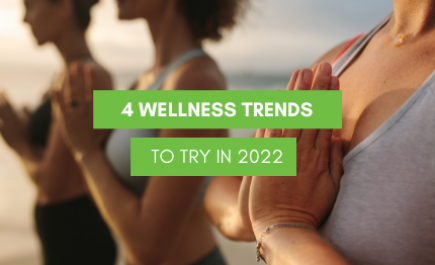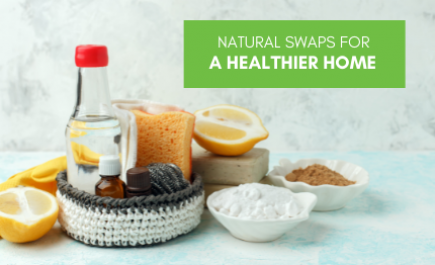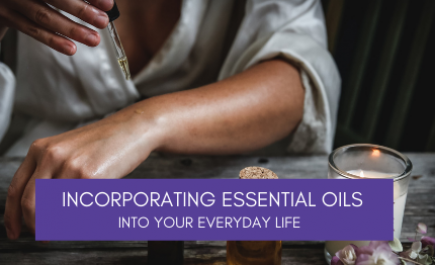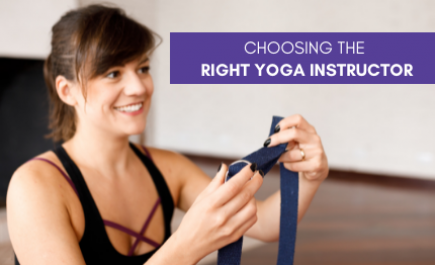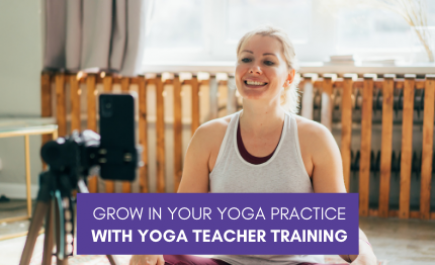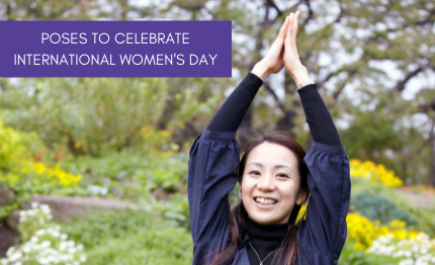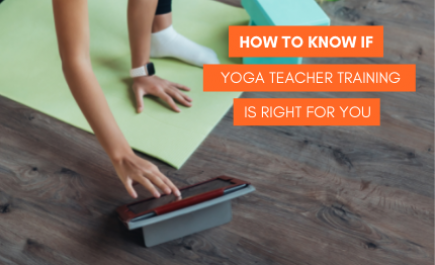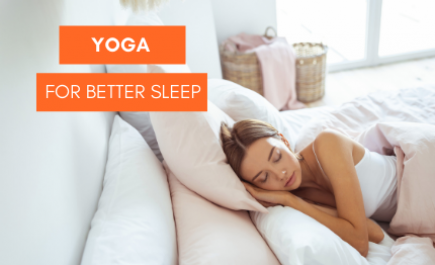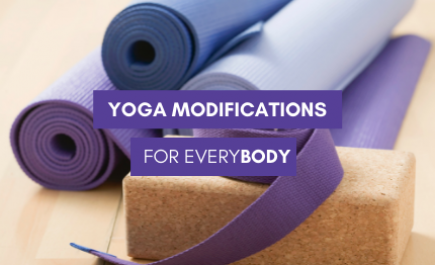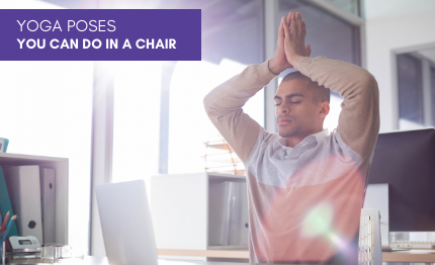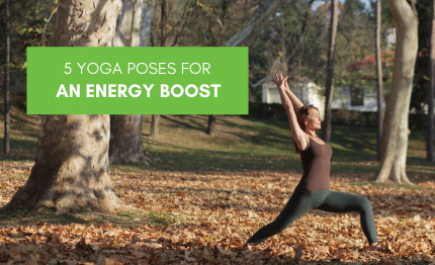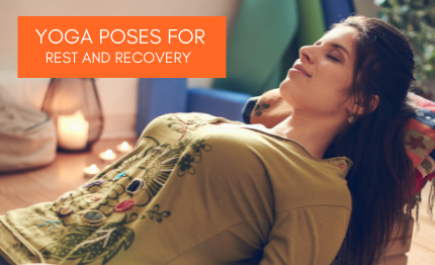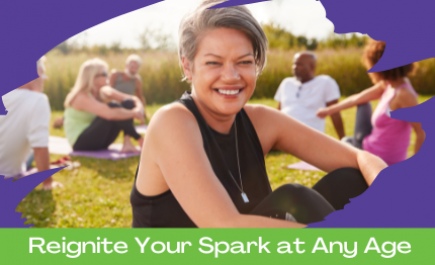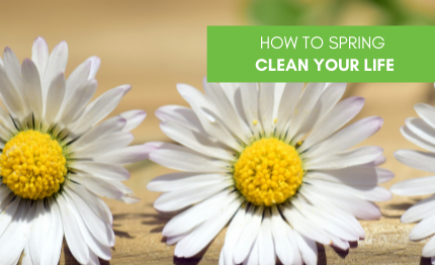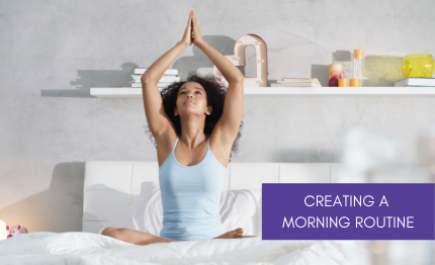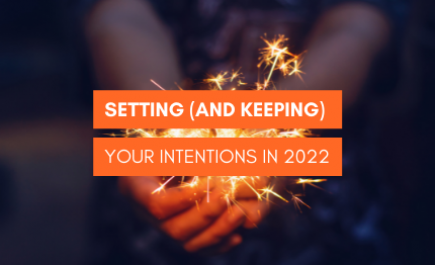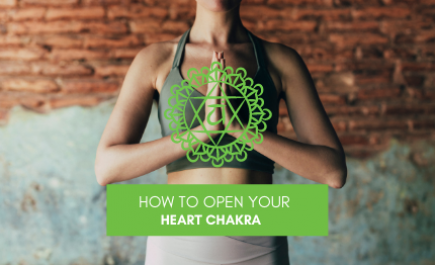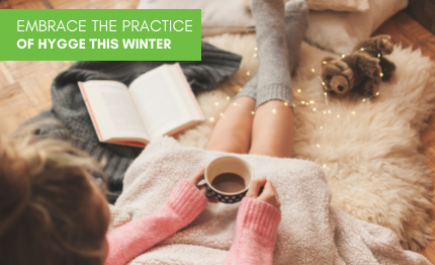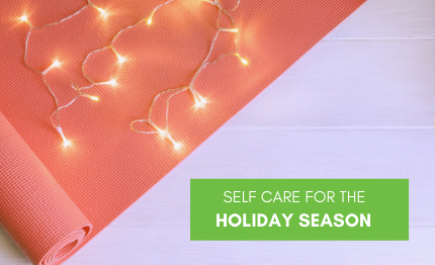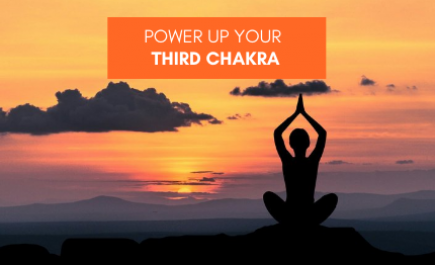August 15th is National Relaxation Day, so why not celebrate by creating your ideal home yoga practice? Doing yoga from home has never been more accessible, but you’ll need a few things to create the right environment to fully appreciate and enjoy your class.
Your Space
You’ll need enough room to set out a yoga mat and be able to move freely on and around that mat. Place your mat away from walls, furniture, and other items. Make sure your space is clear of clutter that could distract you, or that you could fall or trip on.
If you are using a phone to stream your class, make sure you have notifications turned off so they don’t pop up and bring you out of the moment. Eliminate extra sounds if you can or use earbuds or earpods for sound to really immerse yourself.
Your Tools
You’ll need a few items to build your practice. Some are essential (like some kind of mat), and some are optional (like a bolster or meditation cushion).
Yoga Mat
There are dozens and dozens of different mats for every preference and budget. You don’t have to invest a huge amount of money to create a consistent practice. Start simple, and upgrade when you feel ready. Every yogi is different. Some may prefer a thicker mat, or one with extra non-slip grip, or a mat that is extra long. You might even want to add a Yogitoe (one of our favorite mat towels that we used at the HYL Studio) for its sweat-absorbing and anti-slip properties.
Yoga Block
Yoga blocks are extremely helpful with modifying poses for every body. They can be especially helpful for poses like Pigeon, to bring your hips into the right alignment, or for Extended Side Angle. You can also use your blocks during a more restorative practice under your knees while laying in Reclined Butterfly, or under your shoulders and head during Supported Fish Pose. Yoga blocks come in multiple sizes and materials. You might need a variety of sizes for your practice, and you might want to test which materials feel the most supportive for you. Blocks are usually made of foam or cork.
Yoga Strap
A yoga strap is useful for both modifying, and getting deeper into poses, much like a yoga block. Use a strap to give you a little more room to try out a bind or help bring your foot behind you in Dancer.
Bolster, Meditation Cushion
If you’re in more of a restorative mood, you can use bolsters for extra padding for a supported Child’s Pose, or in between your legs for a spinal twist. A mediation cushion is a nice addition, but not necessary.
Your Environment
Now that you’ve got your mat and your blocks and your strap, and you’ve gotten rid of distractions, there are a few other things you can do to create your ideal yoga space.
Scented candles and incense can help create an immersive experience. At the HYL Studio, our favorite was Nag Champa Gold incense. We got so many comments on how much everyone loved it. You can use scents to help boost whatever mood you’d like to achieve with your practice that day. Burn a minty or citrus candle to boost energy or try lavender to wind down. You can also use essential oils to create this affect, either on your skin, or in a diffuser.
Candles can also help you set the mood. Try turning off the lights and practicing by candlelight. If you’re worried about safety, flameless candles are a good option.
During balancing poses, we talk about your Drishti, or gaze. To focus, you pick an unmoving object to gaze at. You could add a piece of art on the wall (maybe an inspiring quote), or a plant in a pot, or a little statue.
Your practice
Everyone’s practice looks different. You may get up and do your flow before work. You may be a lunchtime yogi. Practicing while the kids nap might be ideal for you, or you might be a night yogi who does Restorative Yoga before bed. The way to build your ideal practice is to find what works for you. The best way to find that is to test.
With Health Yoga Life’s On Demand Library, you can take any class at any time. You may need different things on different days. Experiment and find what works!

